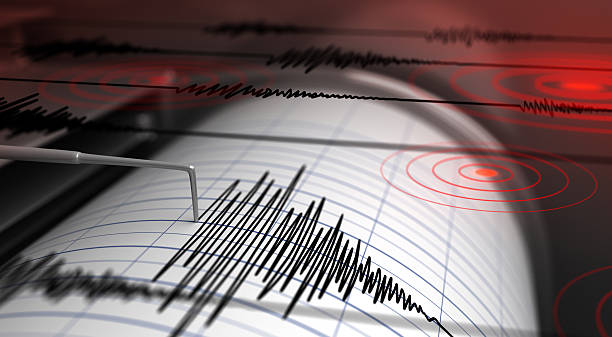

INTRODUCTION
Istanbul that straddles Europe and Asia across the Bosphorus Strait; the commercial hub and largest city of the transcontinental country, Turkey boasts the remarkable, monumental and a wonder of the human mind – the Sabiha Gökçen International Airport. The airport was developed as a Greenfield project and named after the Turkey’s first woman combat pilot.
It is one of two international airports serving the city, offering a whopping total area of more than 3,20,000 sq. m and is comprised of an integrated domestic and international terminal building, a hotel, a new VIP terminal and a multitude of other airport facilities.
With 28,285,578 passengers and 206,180 aircraft movements in 2015, Sabiha Gökçen International Airport is the third busiest single-runway airport in the world, after Mumbai and London Gatwick.
Since Istanbul is located at the confluence of 3 tectonic plates close to the North Anatolian Fault, which runs for 1,500 km between the African and Eurasian tectonic plates, it experiences large earthquakes because of its geographical positioning. The tragic 1999 Kocaeli earthquake killed 17,000, injured 43,000 and forced 250,000 people to relocate. An estimated property loss ranged from $3 to $6.5 billion, along with the overall economic loss to the country as the earthquake hit a heavily industrialized area of Turkey. This led to the adoption of more and more earthquake-resilient structures to minimize loss of lives and damage to assets.